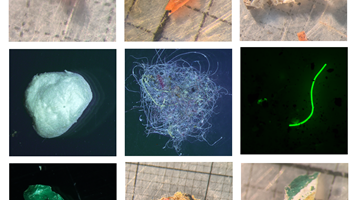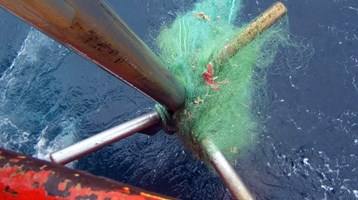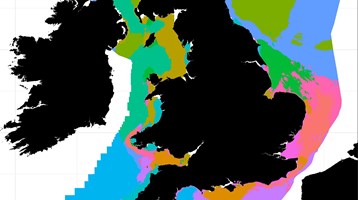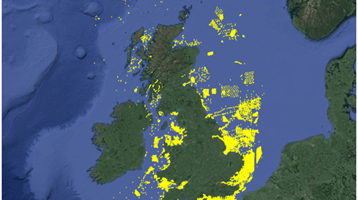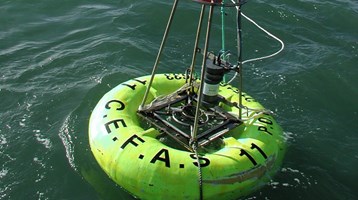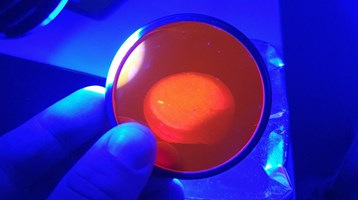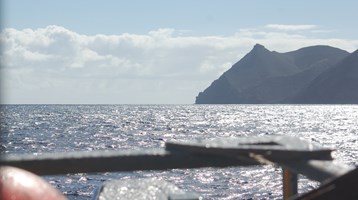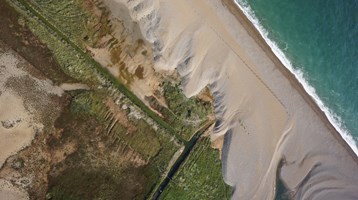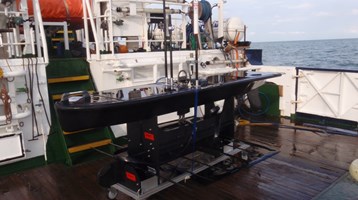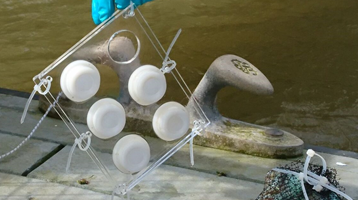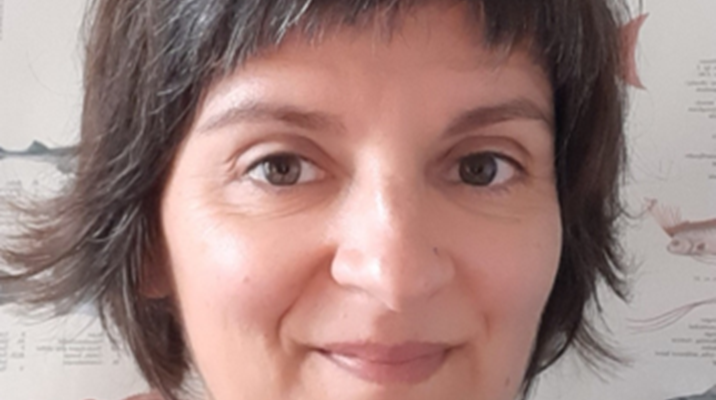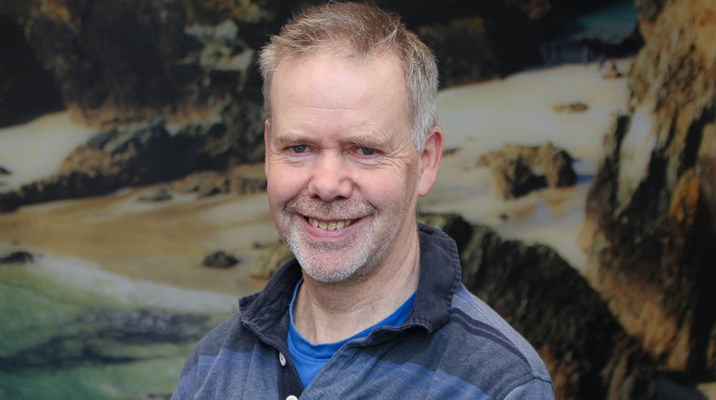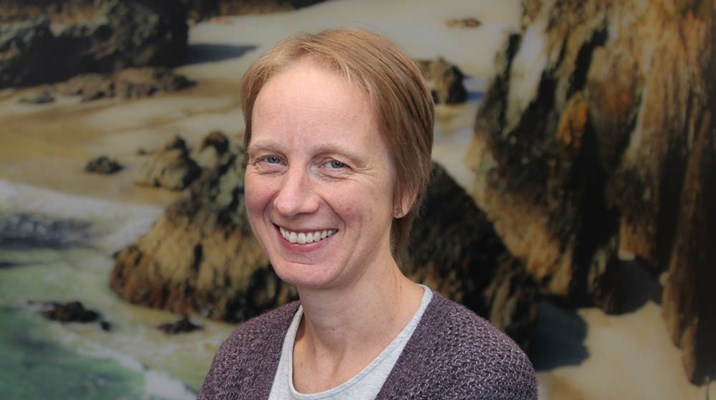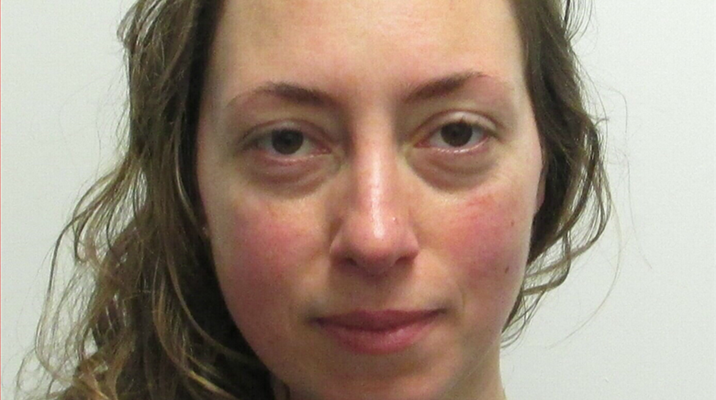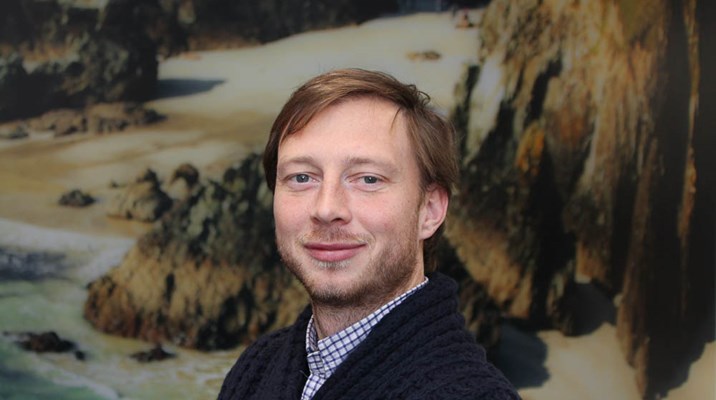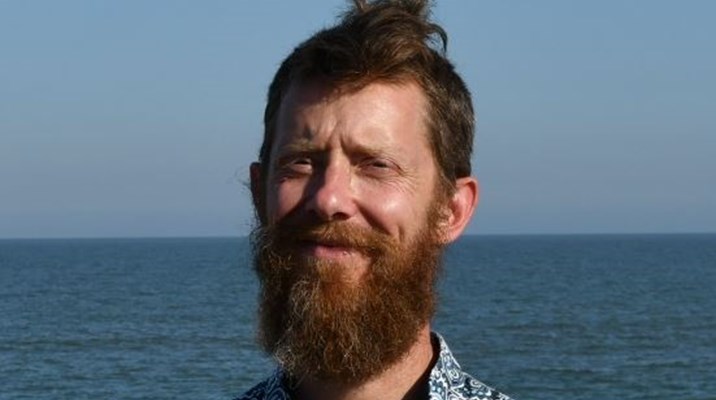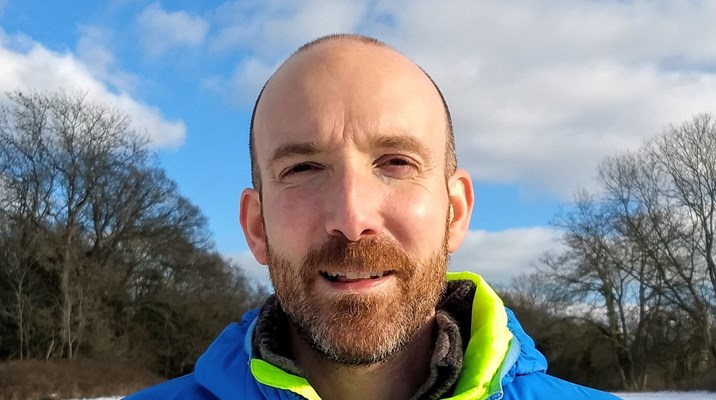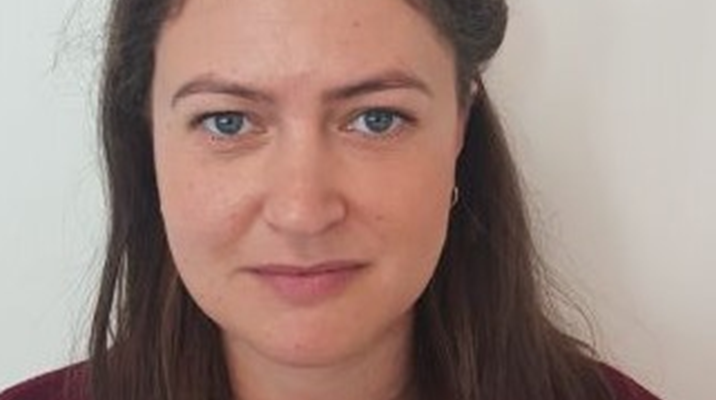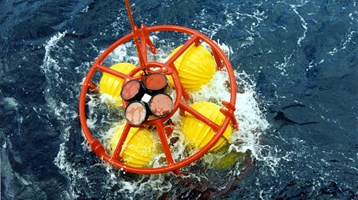Dr Phil Davison
Senior Molecular Fish Ecologist
Phil is an ecologist, specialising in:
- ecology and monitoring of diadromous fishes;
- non-native species in both freshwater and marine environments; and
- molecular methodology for aquatic monitoring, particularly through application of environmental DNA (eDNA) surveys. Phil’s interests in seabird ecology have also been employed for recent Cefas projects.
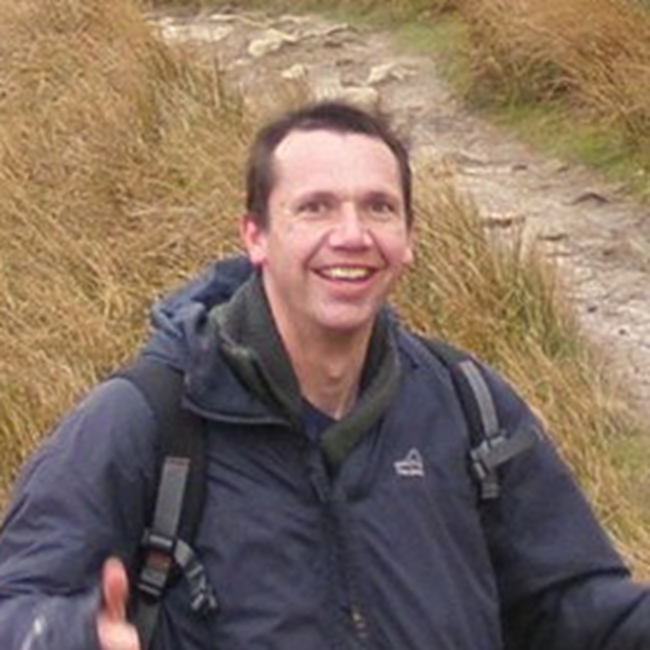
Phil has over 22 years of experience working in aquatic ecology, conservation and management, across a range of taxonomic groups and environments. He studied at the University of East Anglia, obtaining a BSc in Zoology & Physiology and an MSc in Applied Ecology & Conservation, before joining Cefas where he initially worked on ichthyoplankton recruitment studies.
Phil joined the Salmon and Freshwater Team in 2004, working on many field and laboratory projects on the ecology and conservation of diadromous fish, including studies of interactions between piscivorous birds and fisheries, migrations of salmonids along rivers, and the effects of artificial light on salmon early life stages. Phil’s current diadromous fish research and advice work particularly focuses on glass eel monitoring methods, sea trout assessment, and acting as national co-ordinator for the international Greenland salmon sampling programme.
Strong interests in non-native species and molecular monitoring aligned in 2014, when Phil started a part-time PhD “Detection of non-native freshwater fishes using environmental DNA” with Bournemouth University, which he completed in 2020. Phil’s role as Senior Molecular Fish Ecologist involves applying these tools to varied monitoring questions, including assessing fish passage past potential in-river obstructions, surveying non-native freshwater fishes, detecting non-native invertebrates in ports and marinas, and assessing benthic ecosystem health in the North Sea. He represents Cefas on the Working Group of the Defra DNA Centre of Excellence, and the UKEOF DNA Steering Group, both of which aim to build a strategic approach to eDNA research and monitoring. Phil’s wider work on non-native species has seen him become a UK delegate to the ICES Working Group on Introductions and Transfers of Marine Organisms. Recent work includes a particular focus on applying assessment and screening tools to determine invasion and impact risk of non-native species in the UK and overseas (Caribbean, Arabian Gulf).
Publications:
Google scholar link: Google Scholar
Research Gate link: Research Gate
Selected Publications:
Davison, P.I., Falcou-Préfol, M., Copp, G.H., Davies, G.D., Vilizzi, L., and Créach, V. (2019). Is it absent or is it present? A new highly-sensitive eDNA protocol to detect non-native fishes to inform management decisions. Biological Invasions, vol. 21, pp. 2549-2560.
Davison, P.I., Copp, G.H., Créach, V., Vilizzi, L. and Britton, J.R. (2017). Applications of environmental DNA analysis to inform invasive fish eradication operations. The Science of Nature, vol. 104, pp. 35.
Davison, P.I., Créach, V., Liang, W.-J., Andreou, D., Britton, J.R. and Copp, G.H. (2016). Laboratory and field validation of a simple method for detecting four species of non-native freshwater fish using eDNA. Journal of Fish Biology, vol. 89, pp. 1782-1793.

